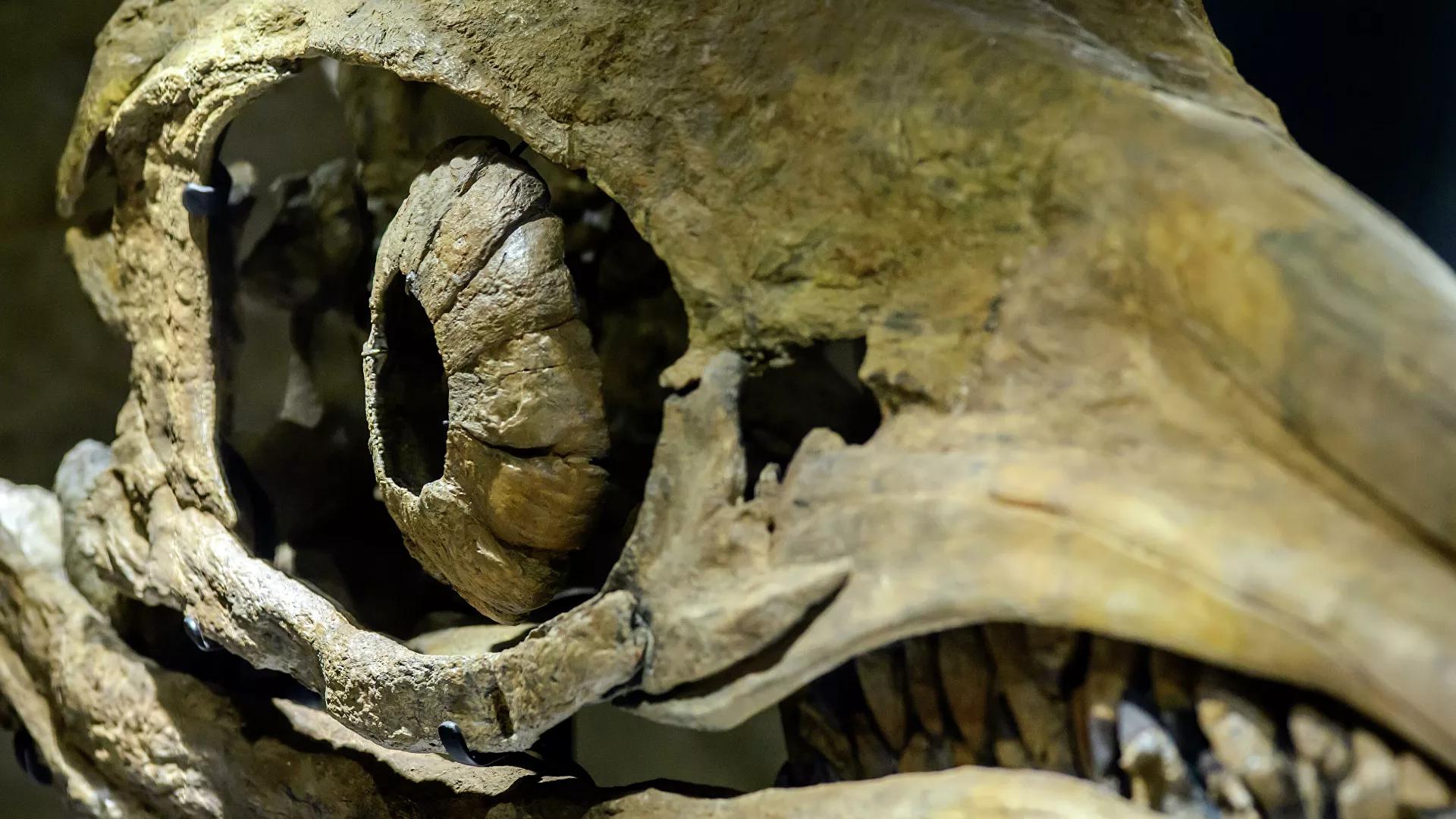Africa-Press – South-Sudan. In our modern-day geological period and system, the Neogene, cetaceans are the largest known animals on Earth, but new findings from paleontologists could turn the picture of the largest creature to have ever lived pretty much upside down.
A gigantic sea creature from the early dinosaur era has shown that the ichthyosaurus species evolved to enormous proportions very rapidly, much more quickly than the current kings of the ocean, new research published in Science magazine has revealed.
According to the latest study, such ichthyosaurs, a group of fish-shaped marine reptiles that lived in dinosaur-era seas in a wide variety and quantity, developed to huge sizes in a timeframe of only 2.5 million years.
In the evolutional perspective, according to the research, whales took nearly 90% of their 55 million-year evolution to achieve the massive sizes that ichthyosaurs evolved to in the first 1% of their 150 million-year evolution.
According to Lars Schmitz, an associate professor of biology at Scripps College in Claremont, California, who is quoted as saying about the discovery, per LiveScience, researchers have found that “ichthyosaurs evolved gigantism much faster than whales, in a time where the world was recovering from devastating extinction [at the end of the Permian period].”
The prehistoric ichthyosaur’s fossils were discovered in the Augusta Mountains of northeastern Nevada in 1998 by researchers. “Only a few vertebrae were sticking out of the rock, but it was clear the animal was large,” Schmitz added.
The research team managed to fully excavate the valuable fossils only by 2015, and what was left of the sea giant included a skull, shoulder, and flipper-like appendage, all of which were carefully transported to the Natural History Museum of Los Angeles County, where it was processed and studied.
The new species was given the name Cymbospondylus youngorum by the researchers.
During the Triassic epoch, this large-jawed marine reptile lived 247 million years ago, and according to researchers, its appearance is quite strange from our perspective, looking more like a sea dragon. This full-grown C. youngorum would have measured over 17 meters (55 feet), according to the researchers, with a nearly 2-meter-long (6.5 feet) skull.
C. youngorum, weighing 41 metric tons, would have existed in the Panthalassic Ocean, a so-called superocean off the west coast of North America, according to the study. The species presumably ate smaller ichthyosaurs, fish, and possibly squid, based on its size and tooth shape.
C. youngorum prevailed in the ocean only 5 million years after “the Great Dying,” a huge extinction event that destroyed nearly 90% of the world’s species 252 million years ago at the end of the Permian epoch.
And that is what makes this ichthyosaur’s massive size all the more astonishing, given that life on Earth took around 9 million years to rebound from the extinction, according to another research published in the journal Nature Geoscience.
After the extinction, however, there was a diversification boom of marine molluscs known as ammonoids within 1 million to 3 million years of the event. And it appears for the researchers that ichthyosaurs’ venture into gigantism was, in part, due to chowing down on the early Triassic boom of ammonites, as well as jawless eel-like conodonts that filled the ecological void following the mass extinction.
In contrast, the more familiar whales got big by eating highly productive primary producers, such as plankton, but these were absent in dinosaur-age food systems, the research stated.
Despite the fact that whales and ichthyosaurs took different paths and lengths of time to reach gigantism, there are still some similarities between the two groups of animals.
The researchers discovered a link between great size and raptorial hunting, similar to how sperm whales dive to kill gigantic squid, as well as a link between large size and tooth loss, similar to how giant filter-feeding whales are toothless.
For More News And Analysis About South-Sudan Follow Africa-Press






